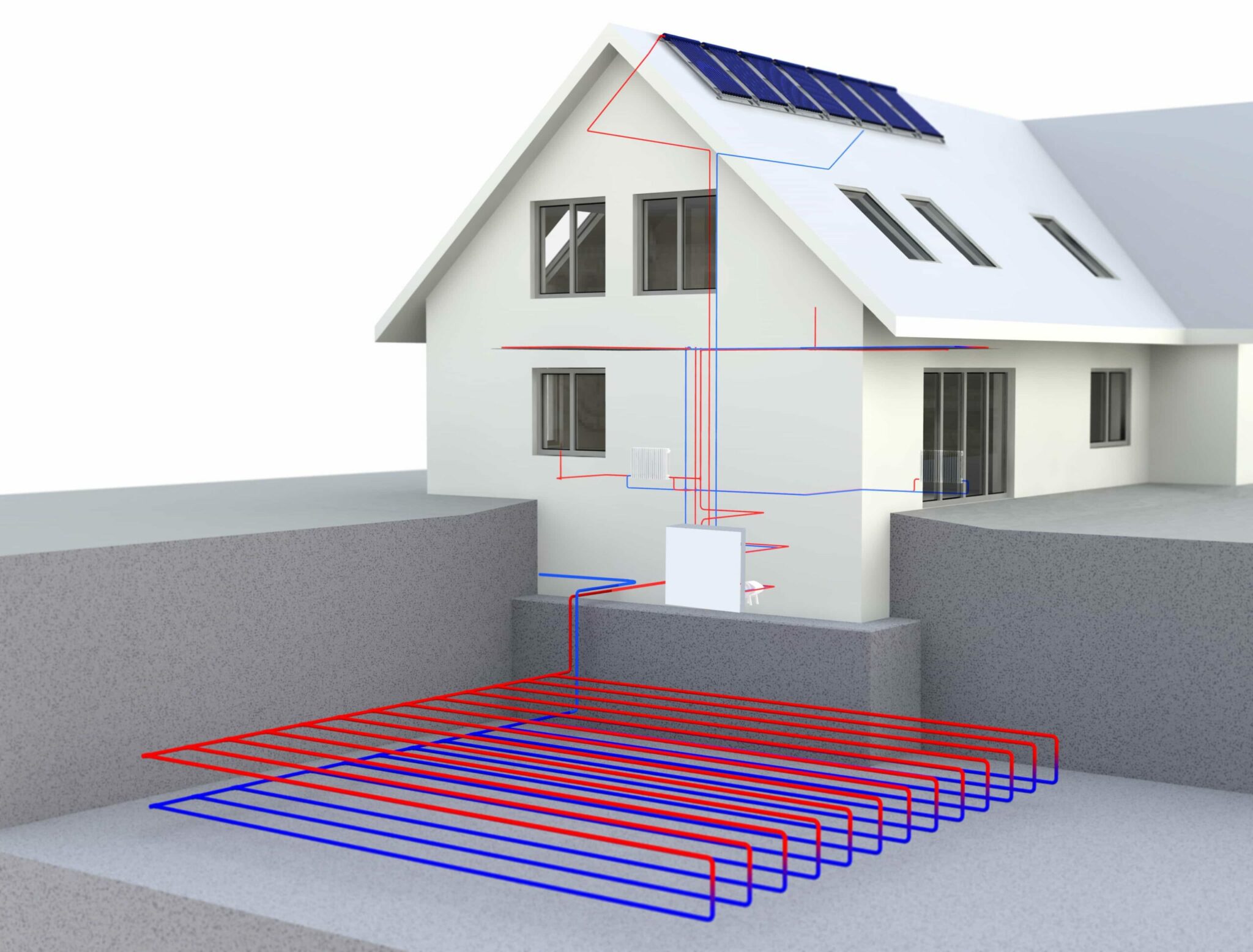What does sustainable living mean?
In short, it’s a lifestyle that ensures a healthy environment and plentiful resources for future generations. That means curtailing our use of fossil fuels, which are finite resources—and produce carbon emissions that cause climate change.
Driving Down Harmful Emissions with EVs
Transportation accounts for 29% of U.S. greenhouse gas production—more than any other source.1 Since electric vehicles produce no emissions, transitioning to them at scale can have a huge impact on overall emissions.
Additionally, an EV charger equipped with bidirectional technology can transfer the energy stored in the battery back out to the home, or to recharge a battery energy storage system. By reducing our draw on the electrical utility grid in favor of our stored energy supply, we help make the public grid more efficient from an operational standpoint. That means fewer greenhouse gas emissions.
Cleaner Energy for a Brighter Future
Home Is Where the Emissions Are
Each year, the average U.S. home generates 70% more emissions than the average passenger vehicle.2 Of those household emissions, 38% are produced from heating and cooling.3 The use of electricity to keep homes comfortable will only continue to rise as climate change increases average temperatures—and unusually cold days, at the other end of the extreme weather spectrum.

Reducing Your Draw from the Grid
Installing alternative energy solutions such as solar panels and battery energy storage systems enables homeowners to generate clean power and store it for off-grid use, thereby helping to reduce carbon emissions. Rooftop solar panels alone can reduce a home’s carbon emissions by up to 3-4 tons per year.6
Geothermal heat pumps are another carbon-reducing option, since they are 2-3 times more energy-efficient than air source heat pumps and conventional electric resistance water heaters.7 This reduces the draw on the electric grid and, in turn, carbon emissions.
Slash Your Energy Use with a Smart Electrical Panel
A smart electrical panel helps minimize the carbon footprint of a home by maximizing the energy efficiency of the electrical systems and connected circuits. In effect, the panel acts as the command center of the home, monitoring and adjusting electrical loads to better manage power consumption.
As an information source, a smart panel can identify how much power each circuit is drawing and when. It can also identify which critical power loads to prioritize, and which can be programmed for specific times of day (or night) when utility rates are lower. Additionally, depending on the model, a smart panel can provide specific information about the amount of power each circuit (or appliance) is drawing. That can alert homeowners to possible “energy hogs” that may need to be serviced, repaired—or replaced with something more efficient.
Finally, a smart panel can switch the household from the public grid to an alternate energy source such as solar or a battery storage system. This can be done either to go completely off-grid during peak hours to save on electric costs when rates are highest, or to provide needed electricity in the event of a power outage.

Schneider Electric’s Square D Energy Center Smart Panel


